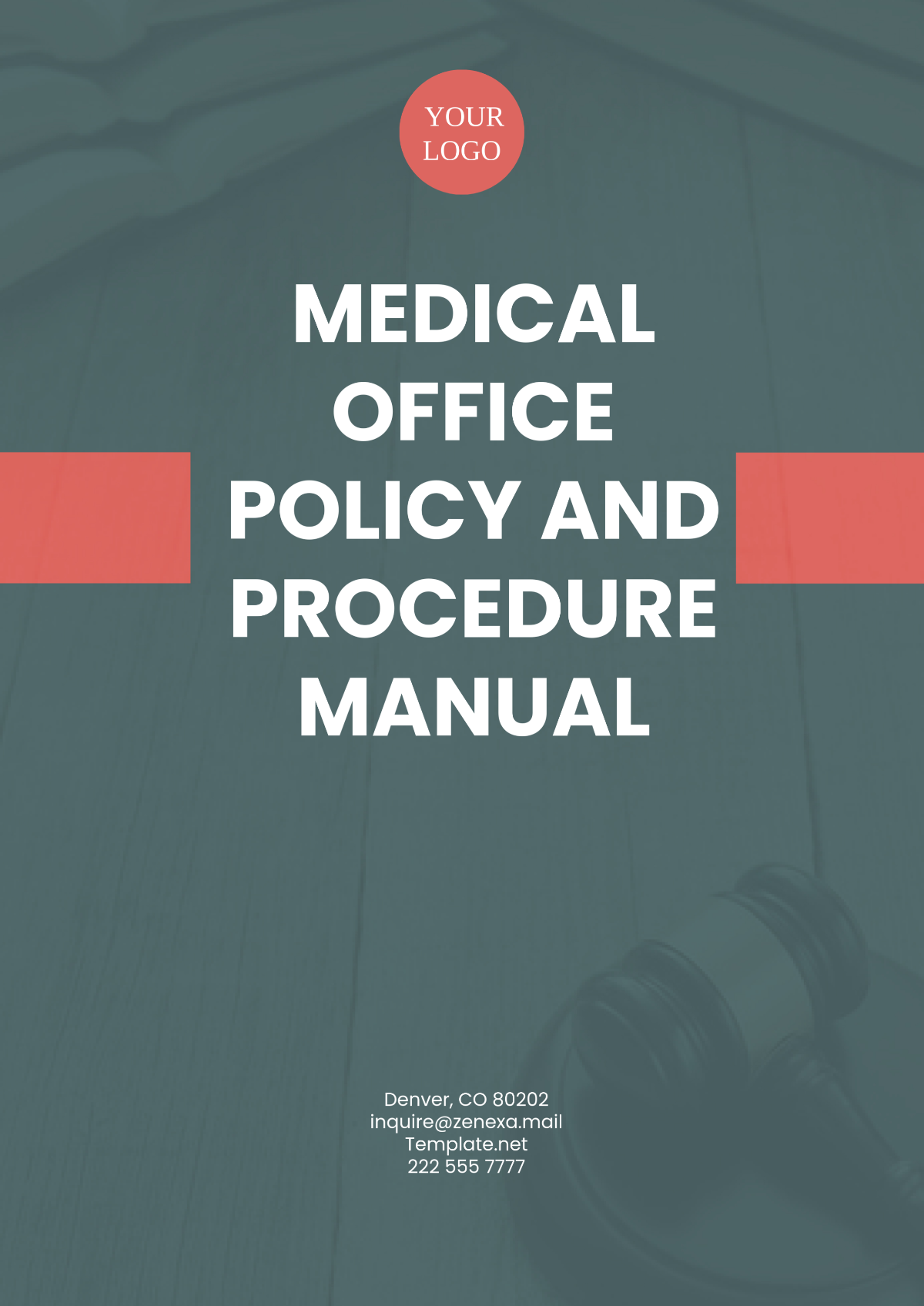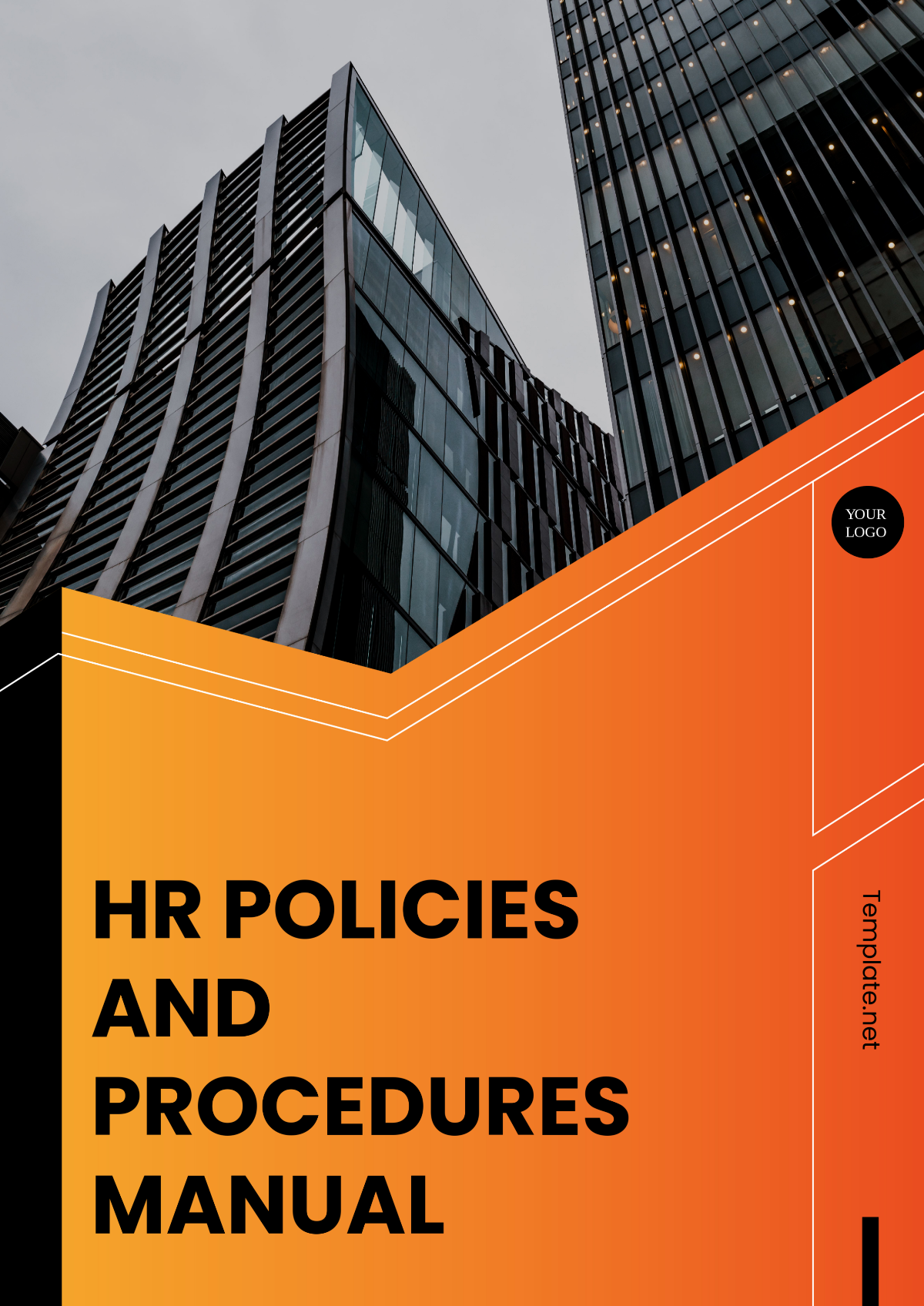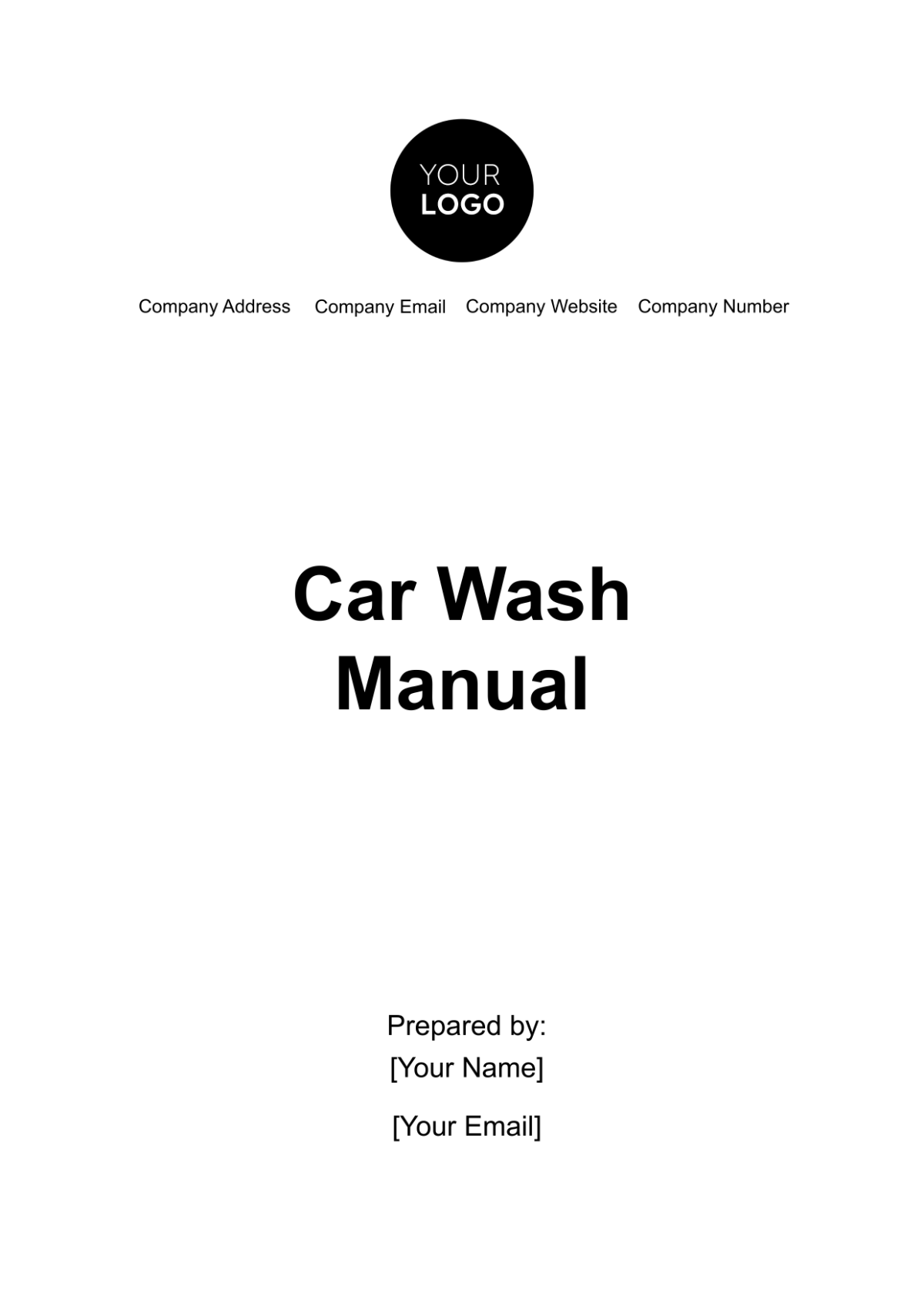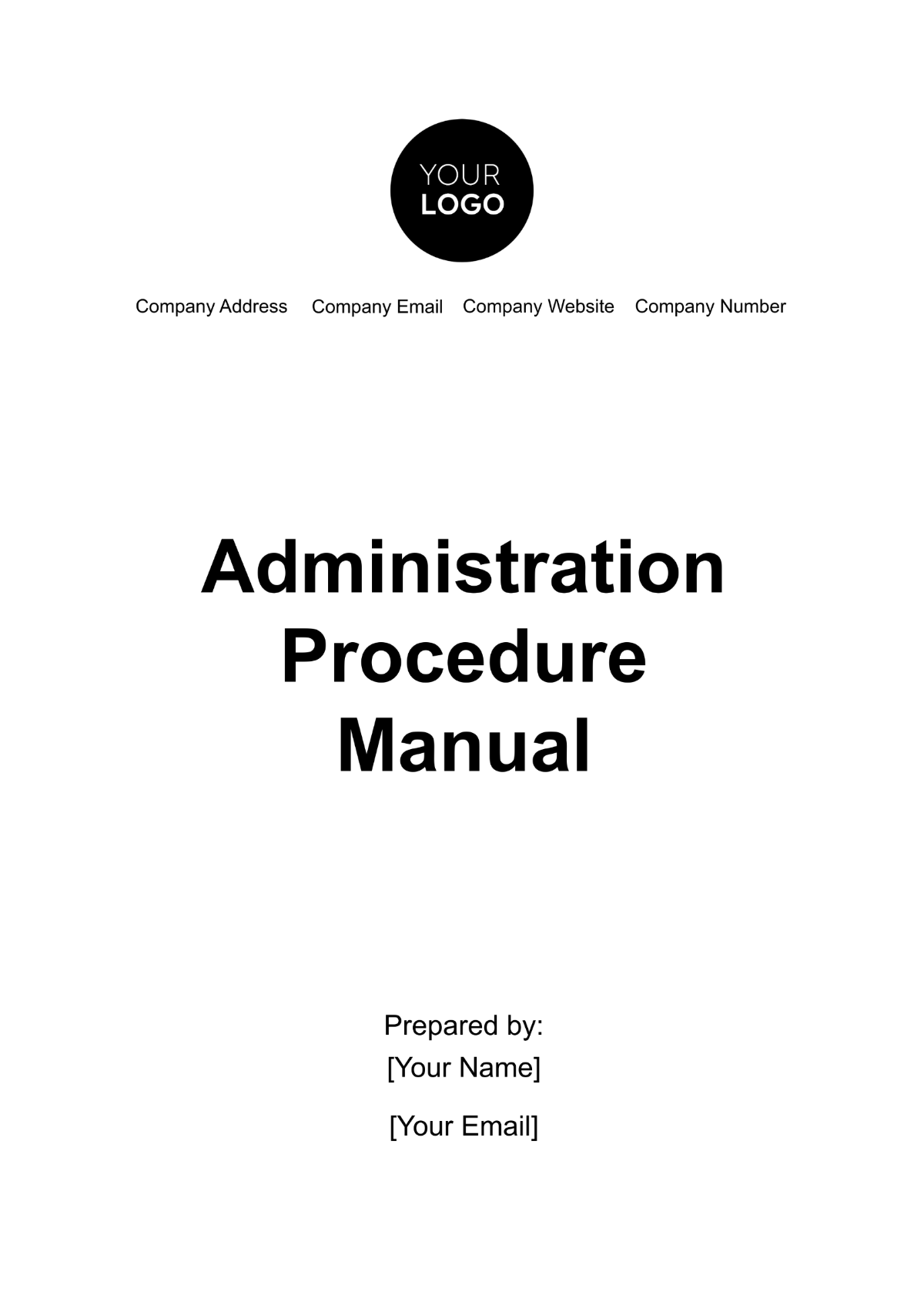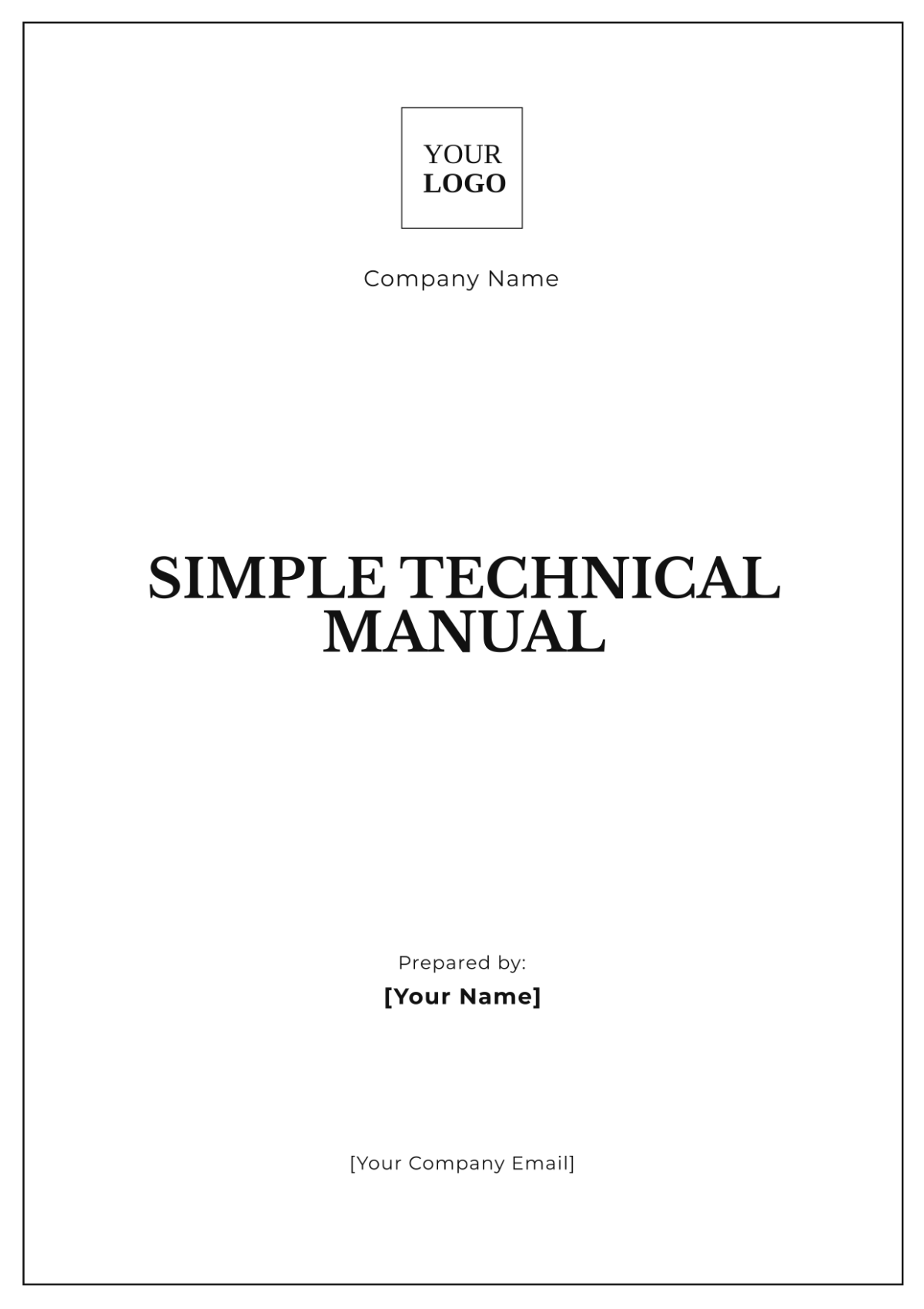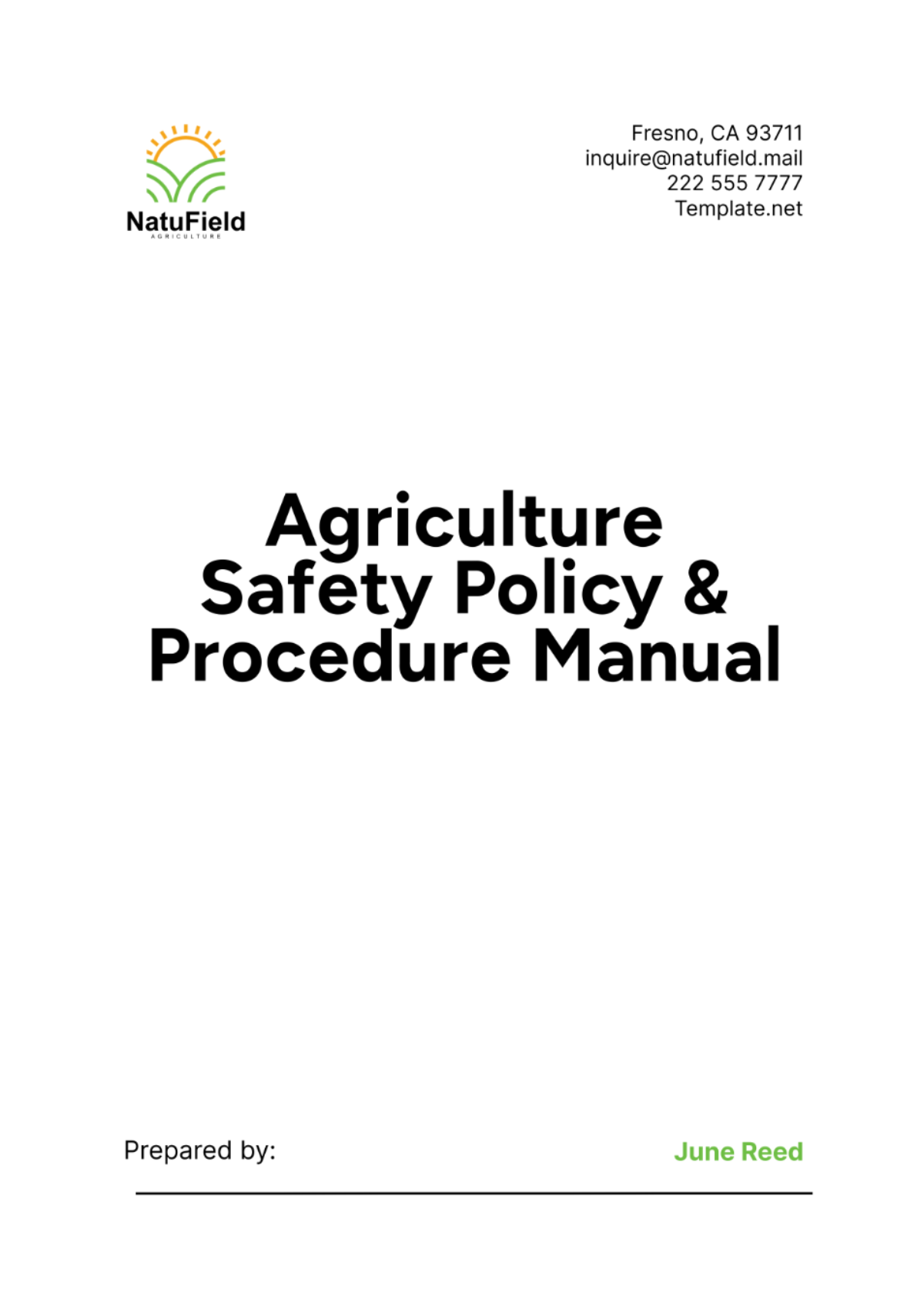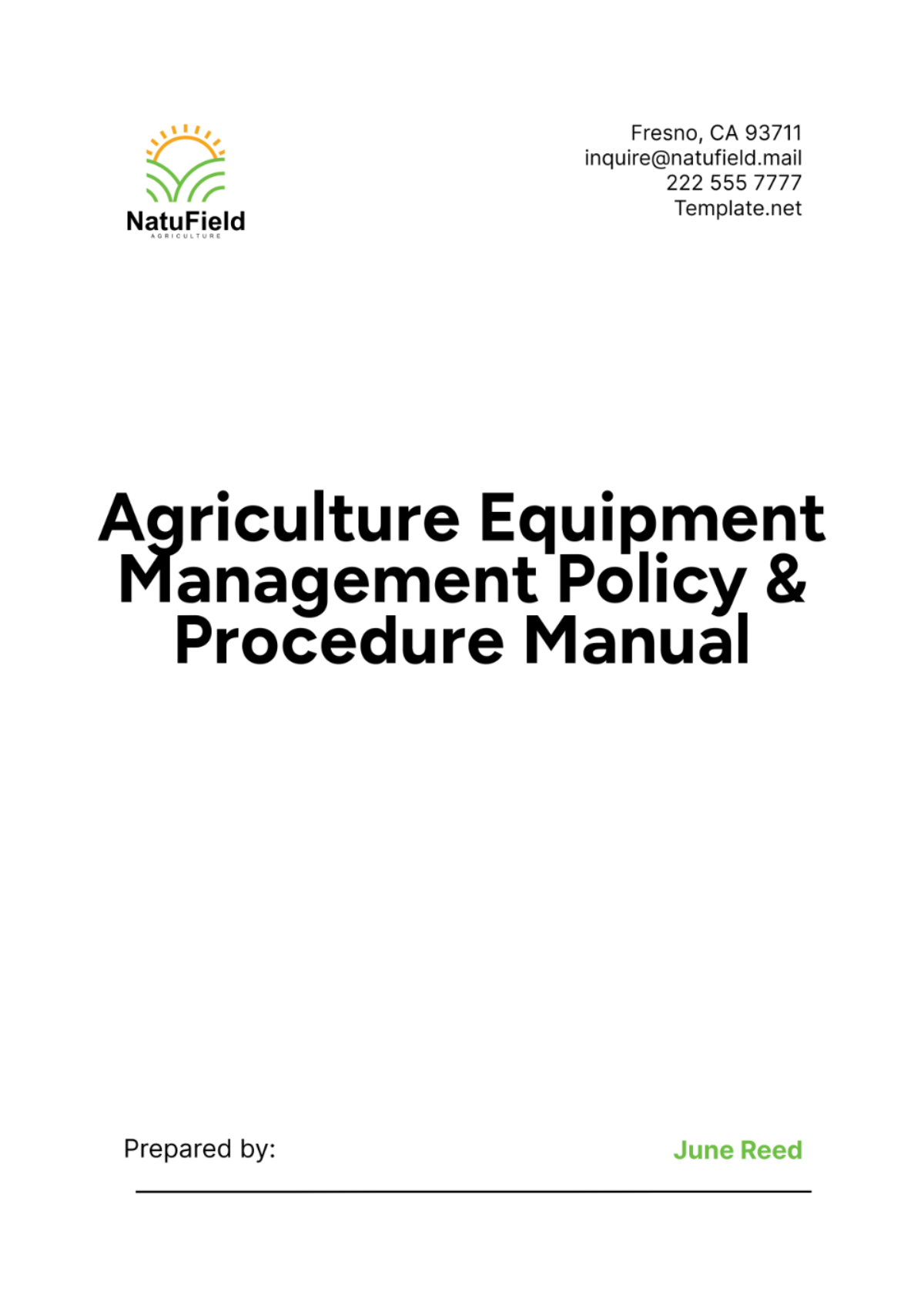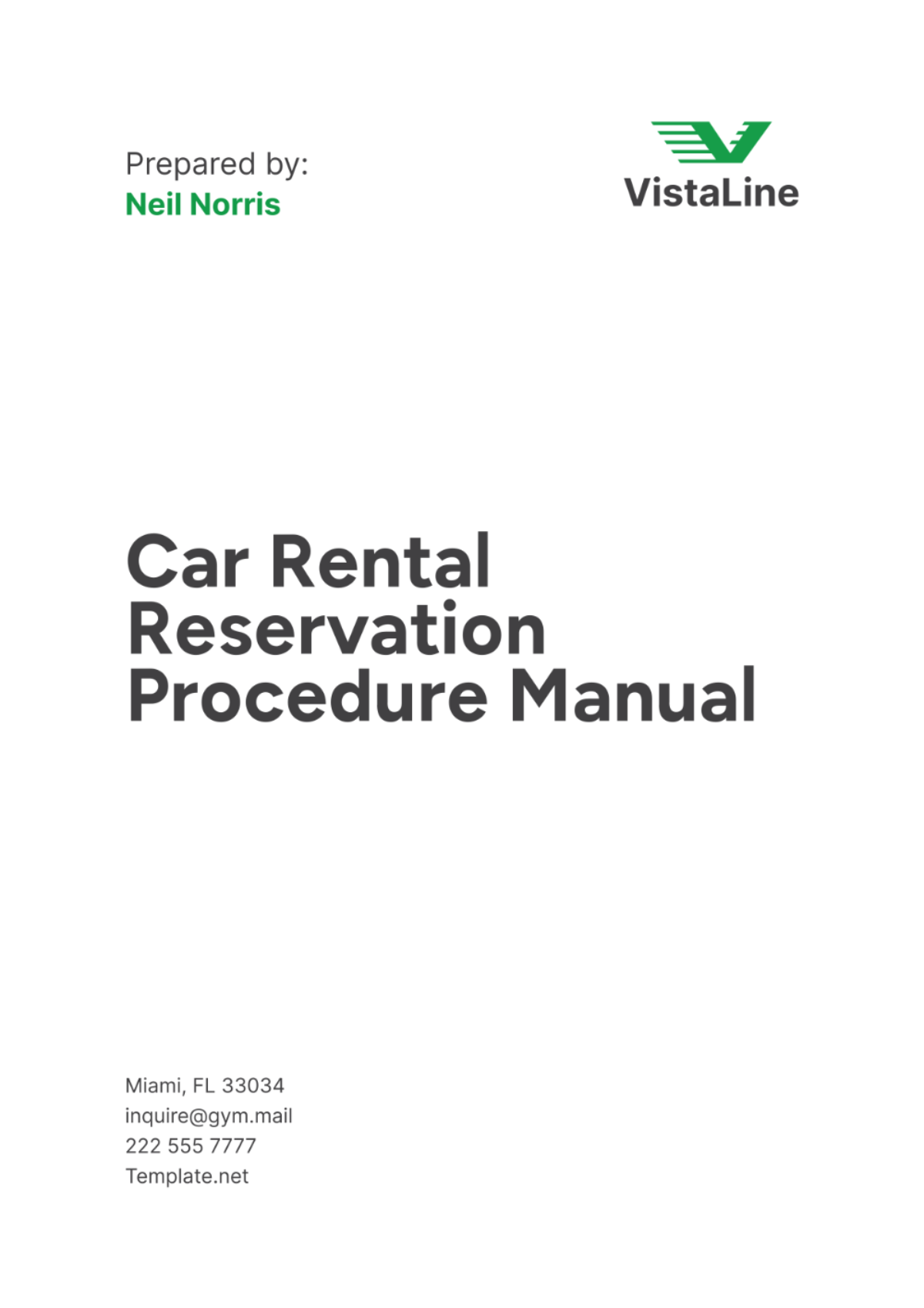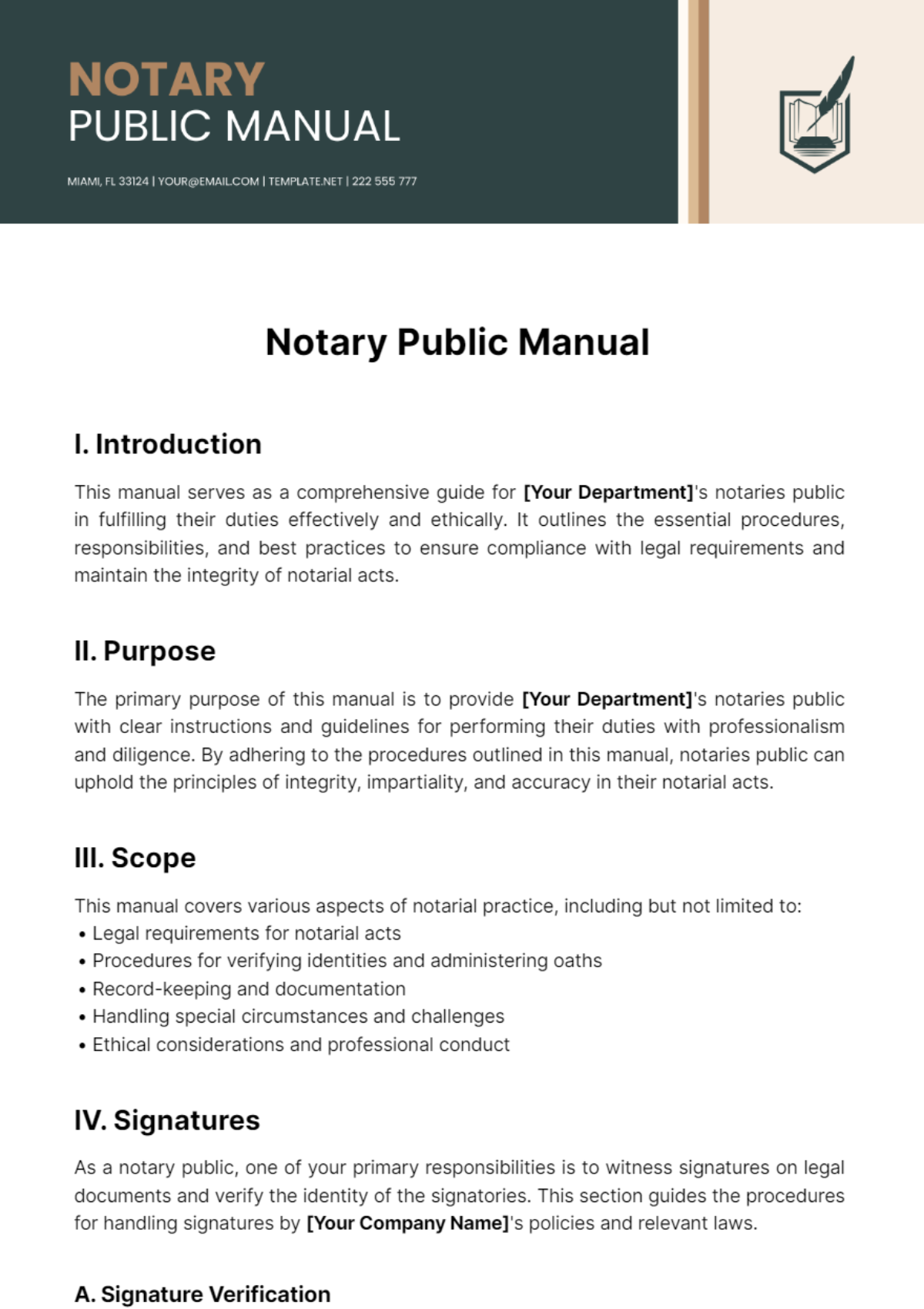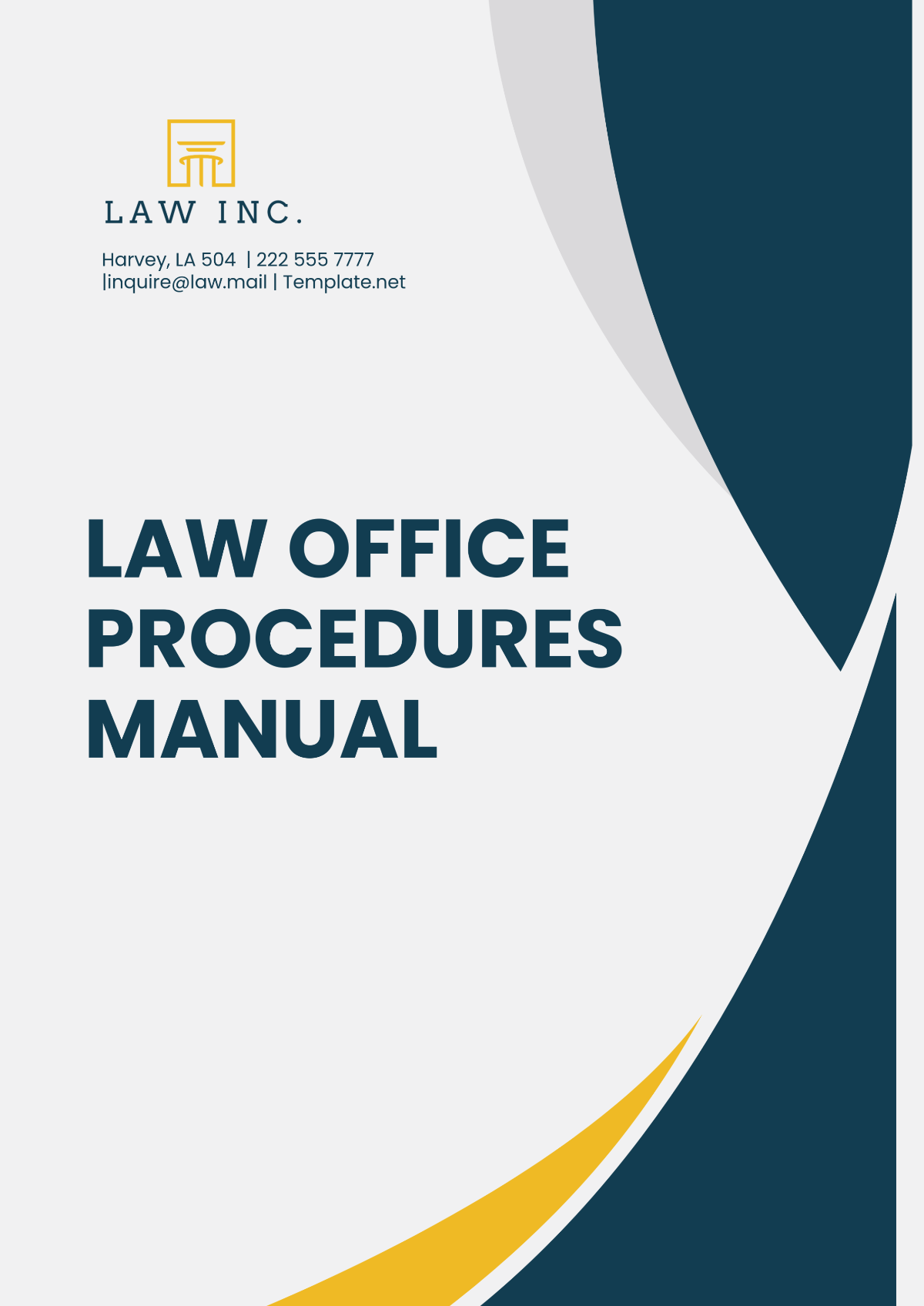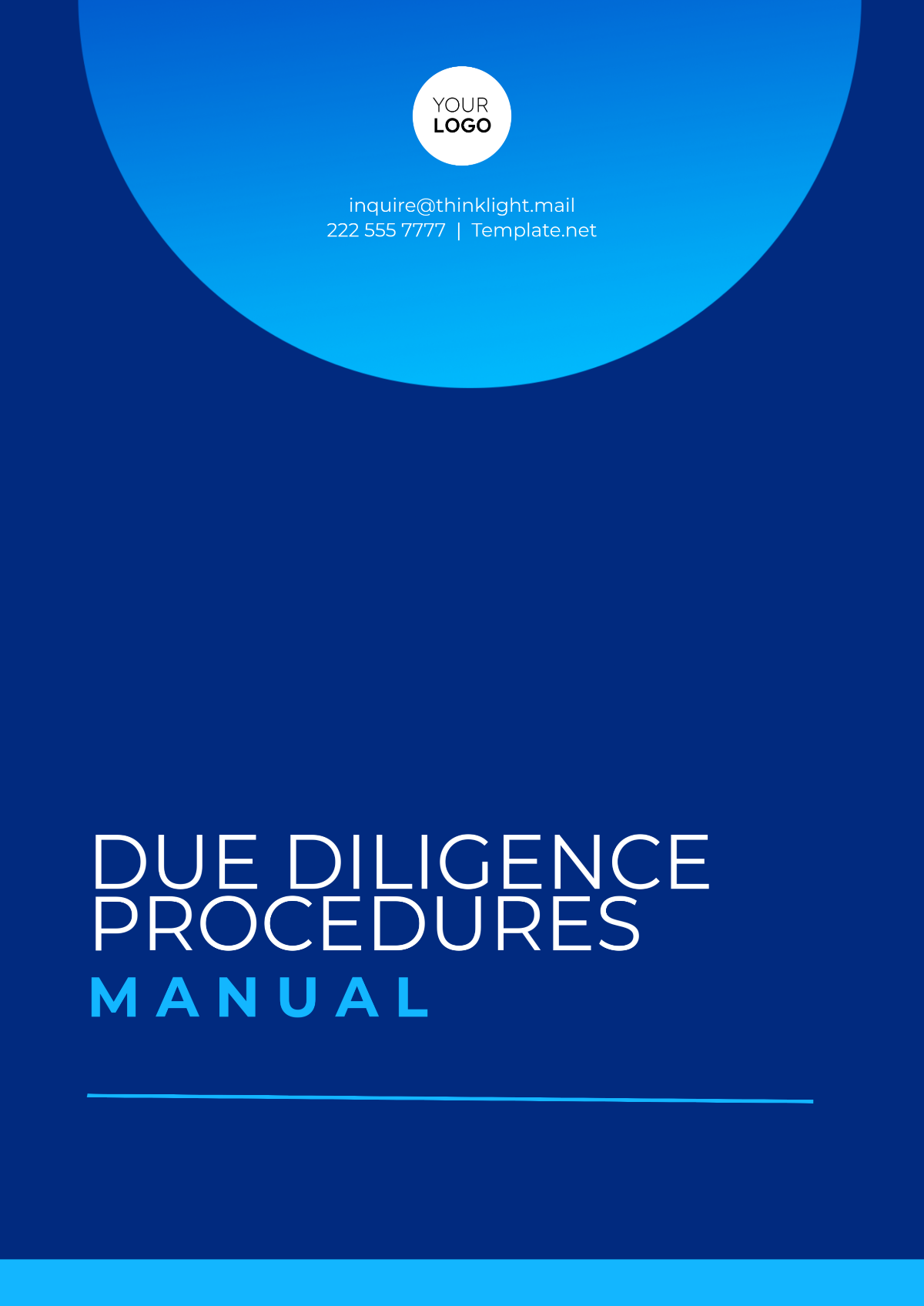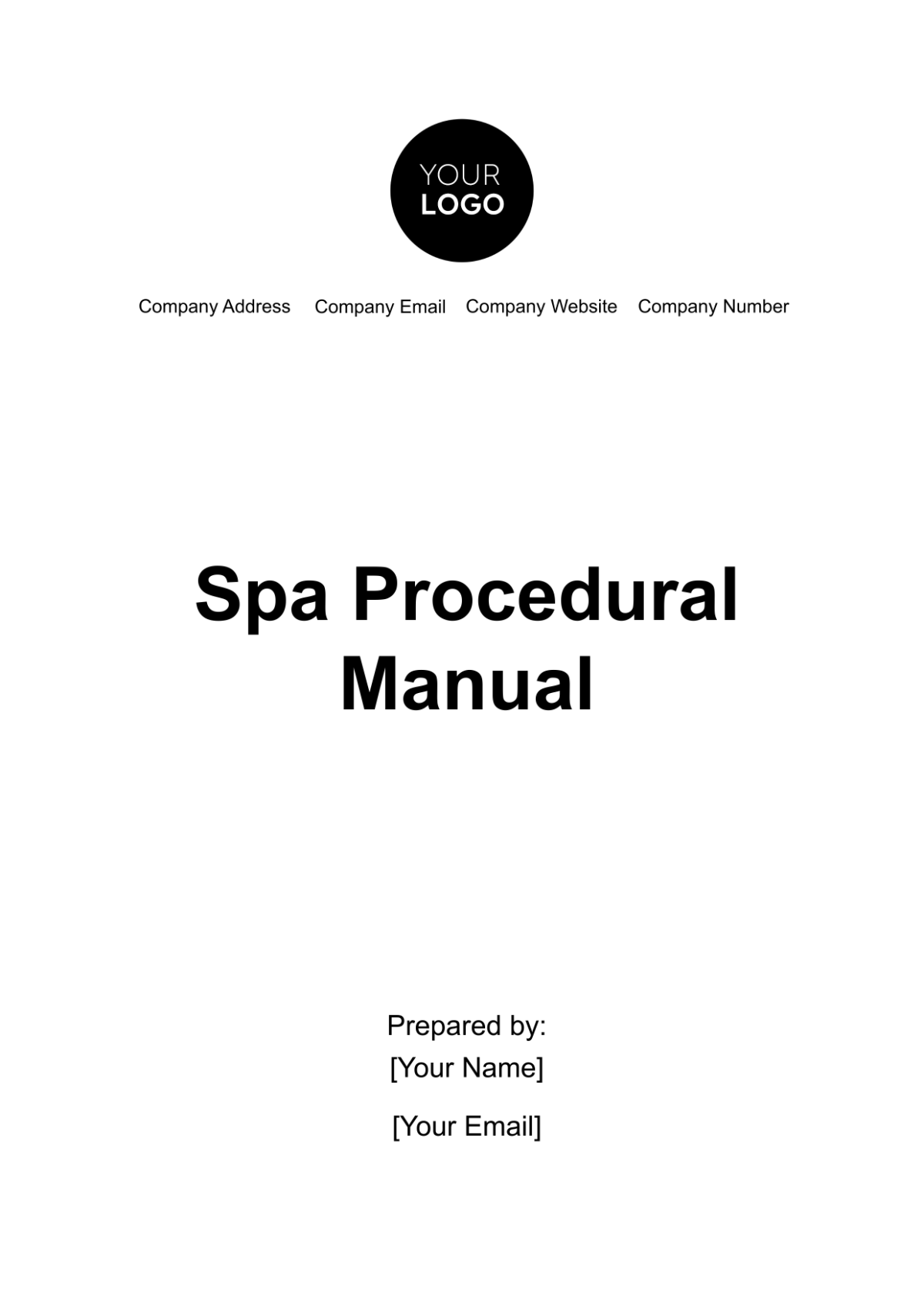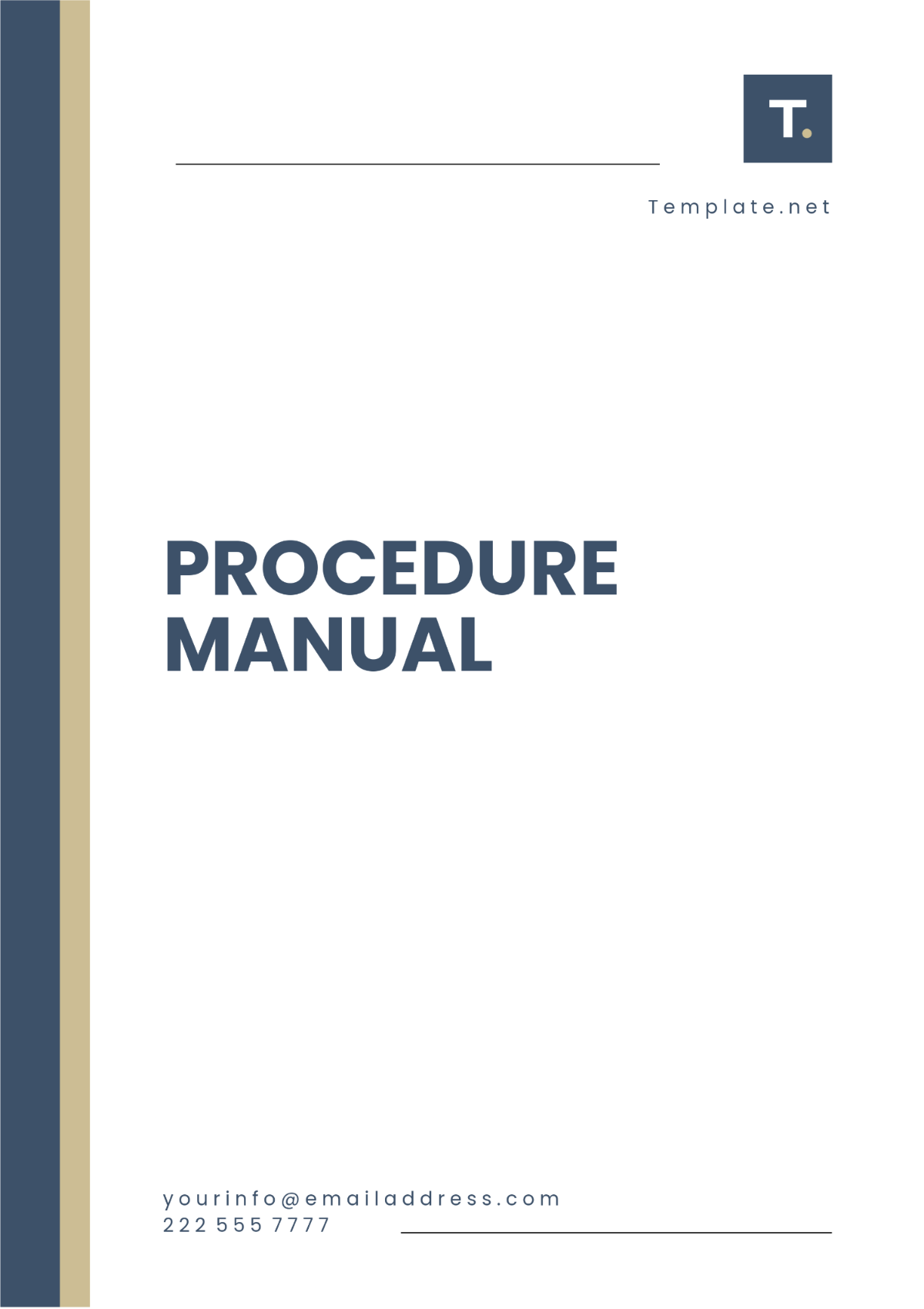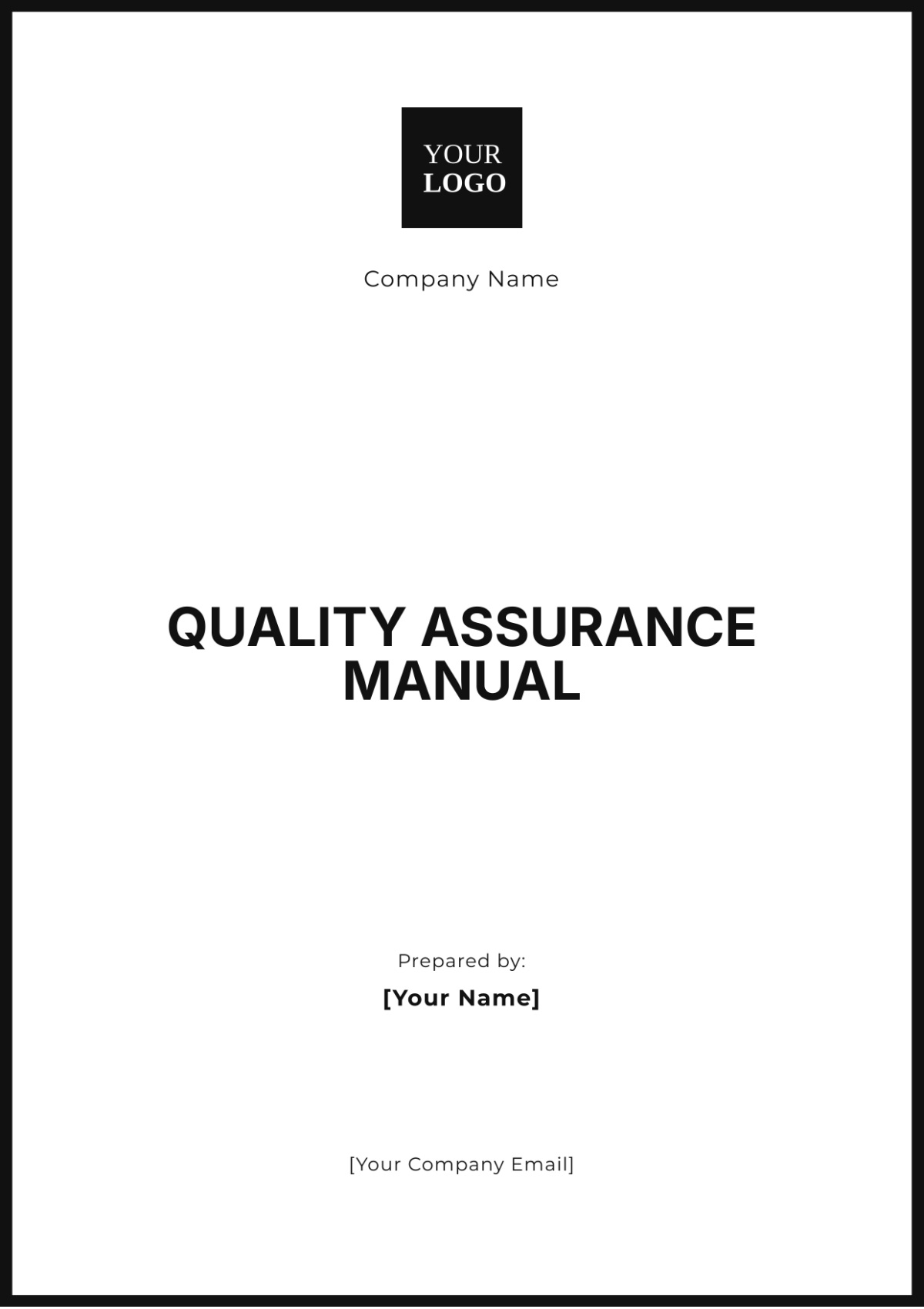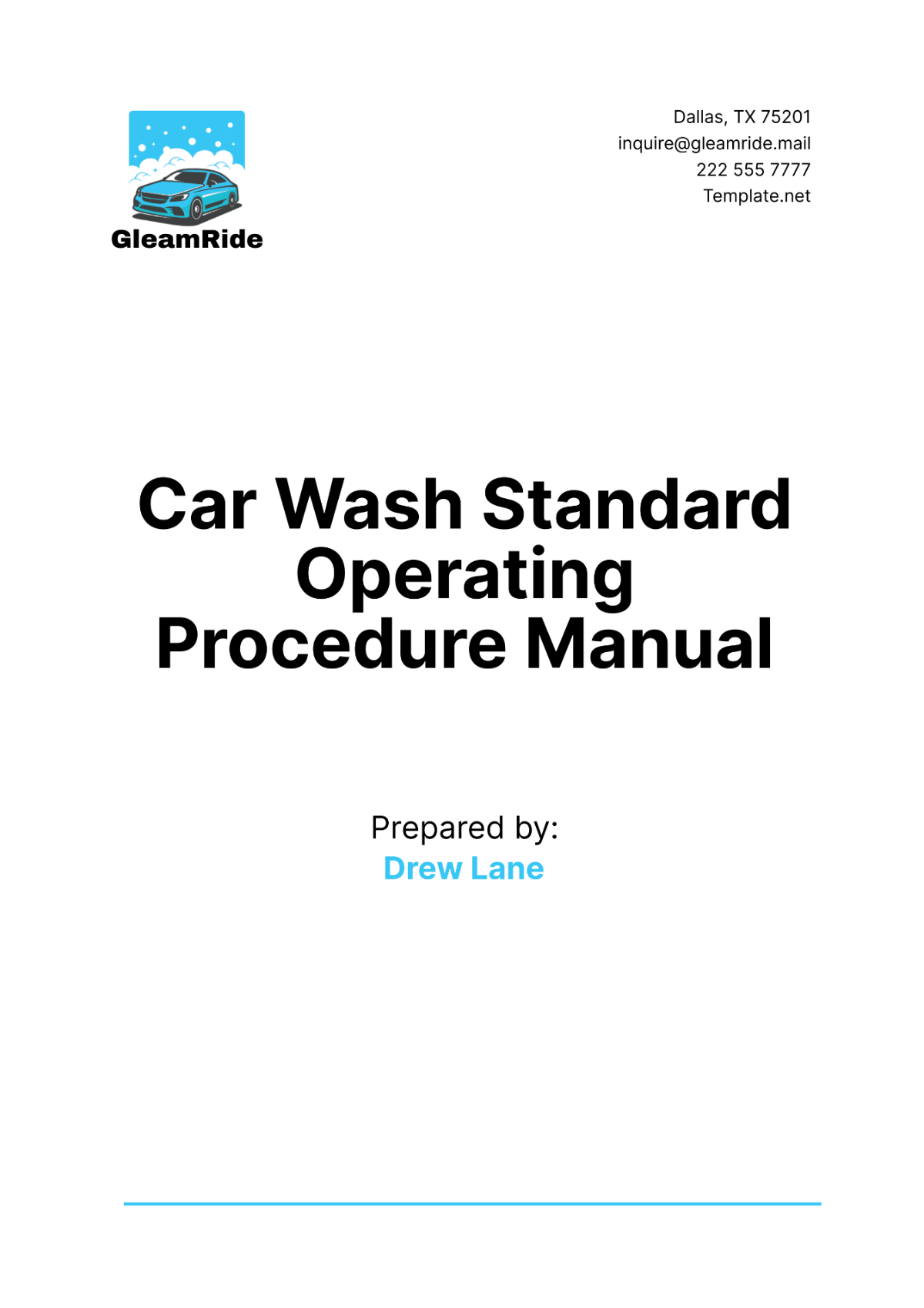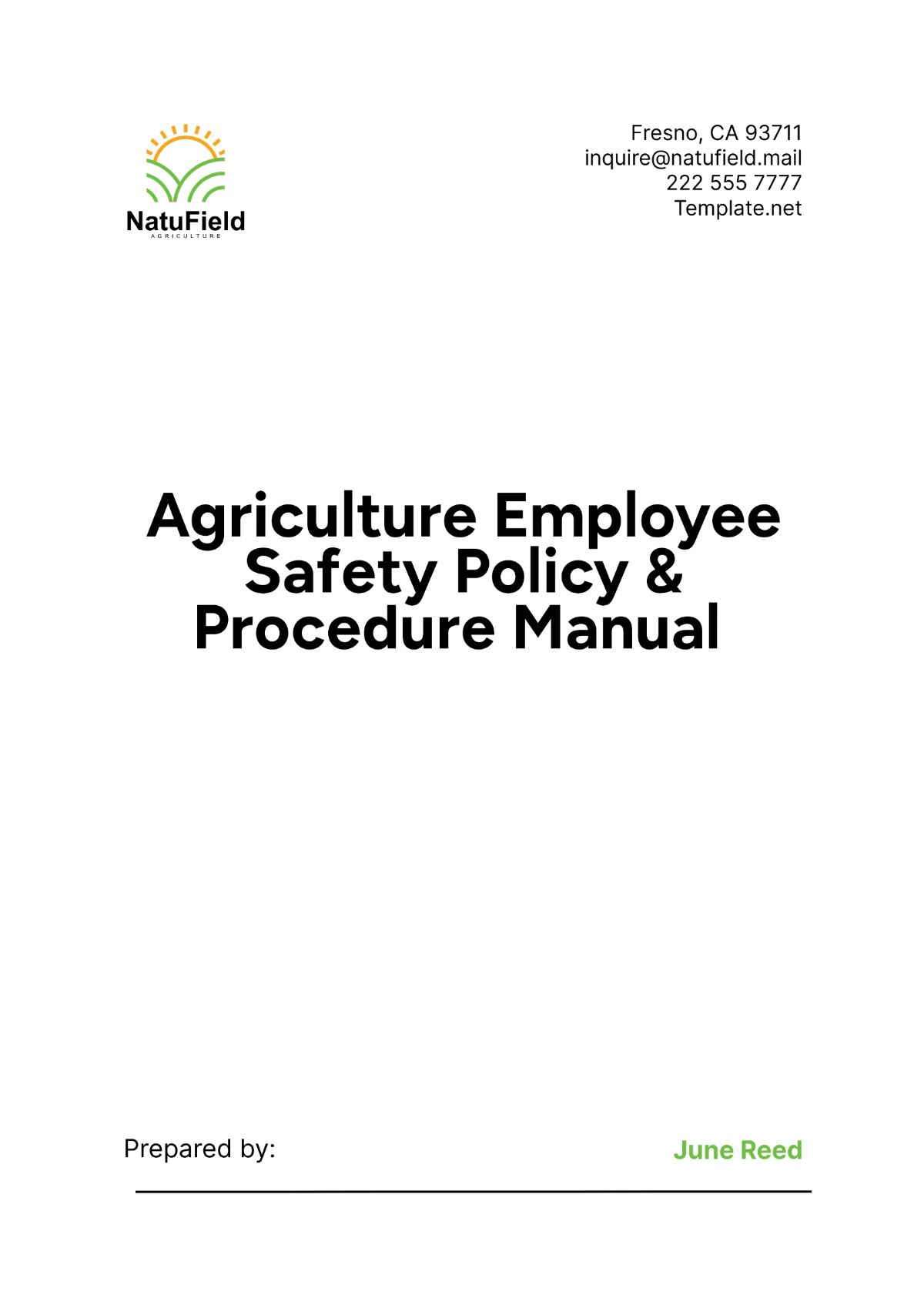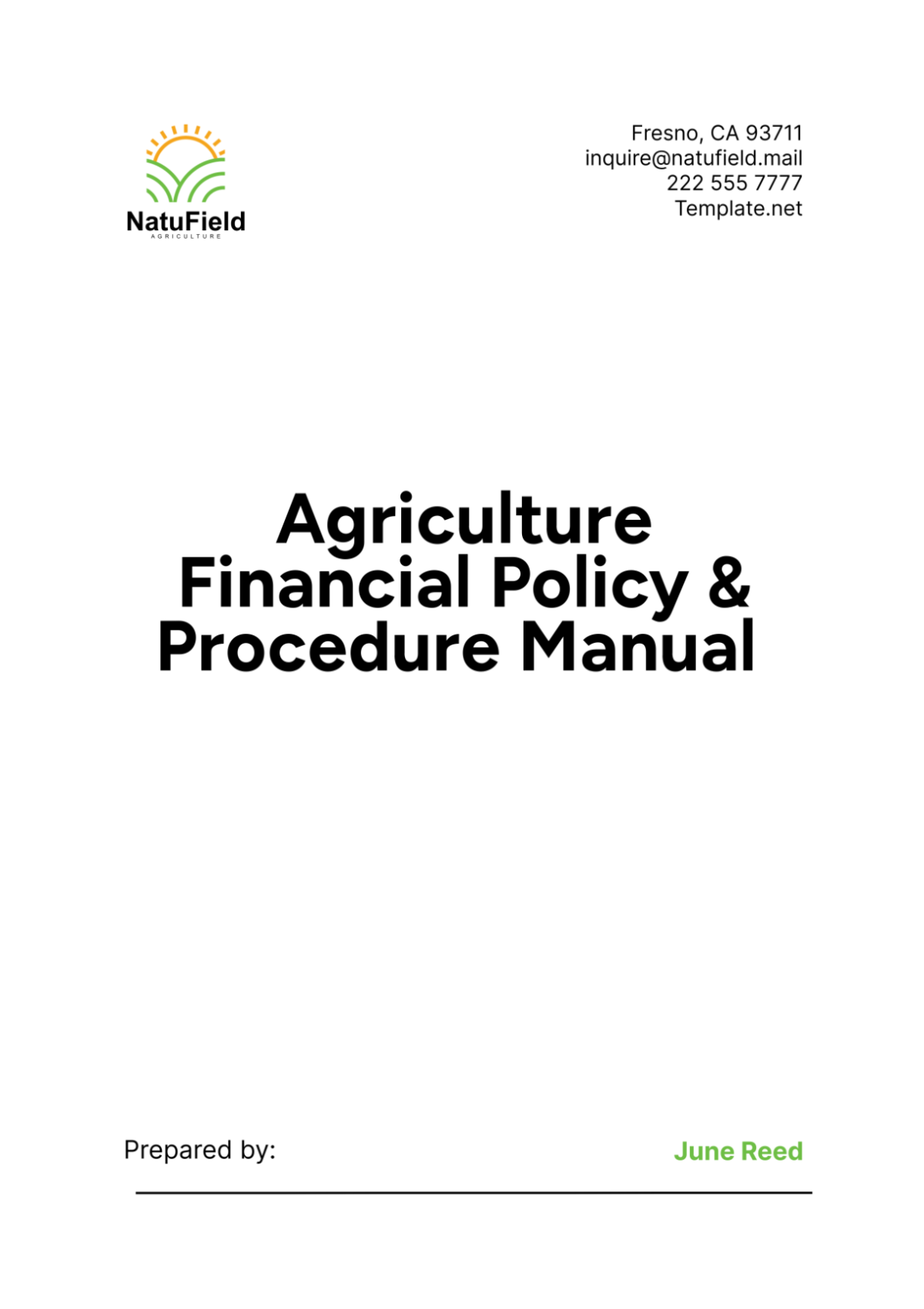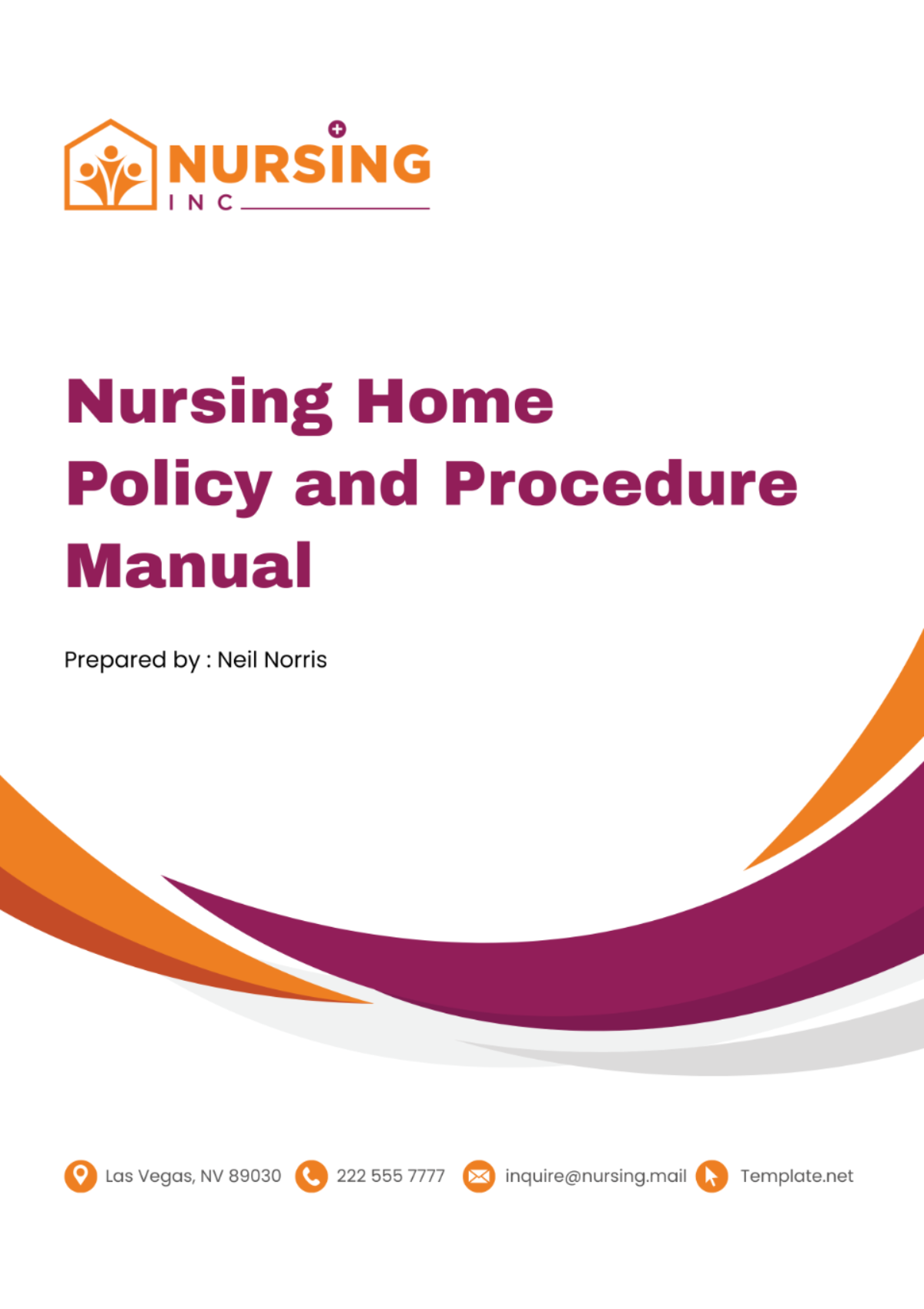Payroll Accounting Policies & Procedures Manual
Purpose of the Manual
This Payroll Accounting Policies & Procedures Manual is designed to provide comprehensive guidance on the processes and practices involved in our payroll operations. Its purpose is to ensure consistency, accuracy, and compliance in the administration of payroll. The manual serves as a resource for payroll staff and management, offering detailed instructions and standardized practices for carrying out payroll tasks. It also aims to streamline payroll procedures, minimize errors, and maintain an organized, transparent payroll system in line with our organizational policies and legal obligations.
Scope of Payroll Operations
The scope of this manual encompasses all activities related to payroll processing within our organization. This includes the management of employee time and attendance data, calculation of wages and salaries, handling of deductions and benefits, compliance with tax laws, and preparation of payroll reports. The procedures outlined in this manual apply to all types of employees, including full-time, part-time, temporary, and contractual staff, ensuring that all payroll activities are conducted efficiently and in compliance with applicable laws and regulations.
Description of the Organization
We are a dynamic and forward-thinking organization, operating in a fast-paced and evolving industry. Our diverse workforce includes a range of professionals, from entry-level employees to senior executives, across multiple departments and locations. As an organization committed to innovation and excellence, we place a high value on efficiency, transparency, and compliance in all our operational processes, including payroll.
Objectives of the Payroll Department
The primary objectives of our payroll department are to:
Maintain the highest standards of accuracy in payroll processing and ensure compliance with all relevant tax laws and employment regulations.
Streamline payroll processes to enhance efficiency and reduce operational costs.
Safeguard sensitive payroll data and ensure the confidentiality of employee information.
Provide timely and accurate payment to employees and serve as a reliable resource for payroll-related inquiries and support.
Continually assess and improve payroll processes to meet the evolving needs of the organization and its workforce.
General Payroll Policies
Our organization is committed to conducting payroll operations with the utmost integrity, accuracy, and in compliance with all applicable laws and regulations. The following general policies guide our payroll procedures:
Timeliness: Payroll is processed on a regular and consistent schedule, ensuring timely payment to all employees.
Confidentiality: Employee payroll information is treated with the highest level of confidentiality and privacy.
Compliance: All payroll activities adhere strictly to federal, state, and local tax laws and employment regulations.
Accuracy: We commit to maintaining accurate records and performing thorough checks to ensure the correctness of payroll calculations.
Transparency: Employees have access to their payroll information and receive clear communication regarding any payroll-related changes.
Inclusivity: Payroll practices are fair and equitable, adhering to non-discrimination policies.
Dispute Resolution: A clear process is in place for employees to raise concerns or disputes related to payroll, which are addressed promptly and fairly.
Employee Classification
Proper classification of employees is crucial for ensuring accurate payroll processing and compliance with labor laws.
Types of Employees | Classification Criteria | Implications on Payroll |
Full-Time Employees | Typically work 40 hours per week or more. | Eligible for the full range of benefits and subject to standard tax withholdings. |
Part-Time Employees | Work less than the standard full-time hours. | Pro-rated benefits based on hours worked; may have different tax implications. |
Temporary Employees | Employed for a specific duration or project. | Not eligible for most company benefits; often subject to different tax withholdings. |
Contractual Employees | Independent contractors or freelancers. | Not subject to payroll tax withholdings; responsible for their own tax submissions. |
Interns | Typically engaged in temporary work for training. | May be paid or unpaid; if paid, treated similarly to part-time or temporary employees. |
Timekeeping Systems and Procedures
Accurate timekeeping is fundamental to efficient payroll processing. We employ a digital timekeeping system that allows employees to record their working hours, including regular hours, overtime, and leave.
Clocking In/Out: Employees must clock in at the start and out at the end of their work period, including for breaks.
Accuracy: Employees are responsible for ensuring their time records are accurate.
Approval Process: Supervisors are required to review and approve time records before each payroll cycle.
Record of Absences: All absences must be recorded in the timekeeping system with the appropriate leave category.
Overtime Authorization: Overtime work must be pre-approved and recorded accurately.
Attendance and Absence Policies
Our organization emphasizes the importance of regular attendance. Absences, when necessary, should be managed responsibly.
Employees are expected to adhere to their work schedules.
Absences must be reported as soon as possible to the supervisor.
Unplanned absences due to emergencies or sickness should be supported with documentation.
Excessive unexcused absences may lead to disciplinary actions.
Payroll Cycle and Scheduling
Our payroll is structured to ensure timely and accurate compensation to our employees.
Regular Payroll Cycle: Payroll is processed bi-weekly.
Payroll Cut-off Dates: All time records must be submitted and approved by the designated cut-off date, typically five days before the pay date.
Pay Dates: Employees are paid on the 15th and the last day of each month.
Steps in Payroll Processing
The payroll process is a series of steps designed to ensure each employee is paid accurately and on time.
Gather and verify timekeeping data for the pay period.
Calculate gross pay for each employee based on recorded hours and rates.
Apply statutory and voluntary deductions, such as taxes and benefits contributions.
Determine the net pay after all deductions.
Obtain necessary approvals from designated authorities.
Distribute the payroll via direct deposit or checks.
Update payroll records and prepare reports for internal and external use.
Special Pay Circumstances
In addition to regular wages, our payroll system accommodates various forms of special pay. Overtime pay is calculated for non-exempt employees at a rate of 1.5 times their regular hourly wage for hours worked over 40 in a workweek. Bonuses are awarded based on a combination of individual performance and the organization's financial success. These special payments are processed in accordance with predefined criteria and are subject to standard payroll taxes and deductions.
Salary Structures and Wage Determination
Our organization's salary structures are designed to be competitive, equitable, and aligned with industry standards. We classify positions into various salary grades based on job responsibilities, market data, and internal equity considerations. Each grade has a designated salary range, which provides the basis for individual wage determinations. These structures are reviewed annually to ensure they remain aligned with market trends and organizational goals.
Pay Increases and Adjustments
Pay increases and adjustments are a crucial part of our compensation strategy. Employees are eligible for annual performance reviews, which can lead to merit-based increases. Adjustments may also occur due to changes in job responsibilities, promotions, or market rate changes. These adjustments are made to ensure fairness and to retain talent within the organization.
Deduction Management
Effective management of payroll deductions is critical for compliance and employee satisfaction. Our payroll system automatically calculates and withholds statutory deductions, including federal and state taxes, Social Security, and Medicare. Voluntary deductions, such as contributions to retirement plans, health insurance premiums, and other benefit programs, are also managed through the payroll system. We ensure that all deductions are compliant with legal requirements and clearly communicated to employees on their pay statements.
Federal and State Tax Withholding Procedures
Our organization strictly adheres to federal and state guidelines for tax withholdings from employee pay. Compliance with these regulations is critical to avoid legal penalties and ensure employee trust in our payroll system.
Employee W-4 Forms: Each employee’s tax withholdings are based on their W-4 form, which must be updated for any significant life changes.
Federal Tax Withholding: Utilize the IRS withholding tables and payroll software to calculate the correct federal tax amount.
State and Local Taxes: Apply state and local tax rates as per the employee’s work location.
Regular Updates: Stay informed of changes in tax laws and update withholding procedures accordingly.
Documentation: Maintain accurate records of all tax withholdings for auditing and reporting purposes.
Tax Reporting Requirements and Deadlines
Timely and accurate tax reporting is a fundamental responsibility of our payroll department.
Tax Document | Description | Deadline |
Form W-2 | Wage and tax statement for employees. | January 31st |
Form 941 | Quarterly federal tax return for employers. | Last day of the month following the end of the quarter. |
State Tax Returns | Varies by state. | Varies by state. |
Unemployment Tax Filings | Federal and state unemployment returns. | Varies by jurisdiction. |
Types of Employee Benefits Offered
We provide a comprehensive benefits package to support the diverse needs of our employees.
Benefit Type | Description |
Health Insurance | Coverage including medical, dental, and vision plans. |
Retirement Savings Plan | 401(k) plan with optional employer matching. |
Life and Disability Insurance | Basic coverage with options for additional protection. |
Paid Time Off (PTO) | Includes vacation, sick days, and personal time. |
Professional Development | Opportunities for training and career advancement. |
Payroll Accounting Principles
Our payroll accounting practices adhere to the principles of accuracy, consistency, and compliance. These principles ensure that payroll expenses are recorded and reported correctly in our financial statements. We recognize payroll as a significant operational cost and manage it with the same rigor as other major expenditures. The principles of accrual accounting are applied, meaning expenses are recorded when incurred, not necessarily when paid. This approach provides a more accurate picture of our financial obligations and resources.
Financial Reporting and Reconciliation
Accurate financial reporting and reconciliation are vital for maintaining the integrity of our financial records.
Regular Reconciliation: Compare payroll records with bank statements and general ledger entries to ensure consistency.
Expense Reporting: Record and report payroll expenses in the appropriate accounting period.
Audit Trails: Maintain detailed records for all payroll transactions to provide clear audit trails.
Compliance Checks: Regularly verify that payroll accounting practices are in compliance with accounting standards and regulations.
Identifying and Addressing Payroll Errors
The identification and prompt correction of payroll errors are crucial to maintain trust and accuracy.
Error Monitoring: Regularly review payroll records to identify discrepancies or anomalies.
Employee Feedback: Encourage employees to review their pay statements and report any inconsistencies.
Investigation: Thoroughly investigate reported errors to determine their cause and impact.
Timely Correction: Correct errors as soon as they are verified, including issuing adjusted payments if necessary.
Amendment Procedures
In the event of errors or changes, amendment procedures are followed to ensure accurate and compliant payroll records.
Documentation: Gather and document evidence supporting the need for an amendment.
Approval: Obtain necessary approvals from management for the amendment.
Adjustment Processing: Make the necessary adjustments in the payroll system.
Employee Notification: Inform affected employees about the amendments made to their payroll records.
Record Update: Update all relevant payroll and accounting records to reflect the amendments.
Internal and External Audit Processes
To ensure compliance and accuracy in our payroll operations, both internal and external audits are regularly conducted. Internal audits are performed periodically by our in-house audit team to review and verify the accuracy and compliance of payroll processes. External audits are conducted by independent auditors, providing an unbiased assessment of our payroll system and ensuring adherence to regulatory standards and best practices.
Regular Scheduling: Conduct internal audits quarterly and external audits annually.
Comprehensive Review: Cover all aspects of payroll, including accuracy of payments, tax withholdings, and adherence to legal requirements.
Action on Findings: Promptly address any discrepancies or non-compliances identified during audits.
Continuous Improvement: Use audit findings to continuously improve payroll processes and systems.
Confidentiality of Payroll Information
We maintain the highest level of confidentiality regarding payroll information. Employee payroll data is sensitive and is handled with the utmost discretion and security. Access to payroll records is restricted to authorized personnel only, and robust data protection measures are in place to safeguard against unauthorized access, disclosure, or breaches.
Training Programs for Payroll Staff
Continual education and development are vital for our payroll team to stay abreast of the latest payroll practices, laws, and technologies.
Training Program | Duration | Description |
Payroll Compliance and Regulations | 2 Days | Covers current payroll laws and regulatory compliance. |
Advanced Payroll Processing | 3 Days | In-depth training on complex payroll calculations and scenarios. |
Data Security and Privacy | 1 Day | Focuses on safeguarding sensitive payroll information. |
Payroll Software Mastery | 2 Days | Comprehensive training on all features and functionalities of our payroll software. |
Utilization of Payroll Software
Our payroll operations are powered by advanced payroll software, which is a cloud-based, integrated system. This software automates various payroll functions, including time tracking, wage calculation, tax withholding, and benefits administration. It offers real-time processing capabilities, robust reporting features, and compliance tools. The software's security features ensure the protection of sensitive payroll data, and its user-friendly interface simplifies payroll processing for our staff. Regular updates and maintenance are conducted to ensure the software stays current with the latest technological advancements and regulatory changes.
Handling Payroll During Emergencies
In the event of emergencies such as natural disasters, power outages, or other unforeseen circumstances, maintaining uninterrupted payroll processing is crucial. Our emergency payroll procedures are designed to ensure that employees continue to receive their pay on time, irrespective of external disruptions.
Emergency Plan Activation: Implement a predefined emergency response plan specific to payroll operations.
Remote Access Capability: Ensure payroll staff have the ability to remotely access payroll systems and data securely.
Backup Systems: Utilize backup systems for data and processing capabilities in case the primary system is inaccessible.
Communication Protocol: Maintain clear lines of communication with employees regarding the status of payroll processes during the emergency.
Contingency Processing: In extreme cases, prepare to process payroll manually or through alternative methods if automated systems are unavailable.
Changes in Payroll Policies and Procedures
Changes in payroll policies and procedures may be required to adapt to new laws, technologies, or organizational changes. Implementing these changes effectively is essential for maintaining an efficient and compliant payroll system.
Assessment and Planning: Conduct a thorough assessment of the proposed changes and develop a detailed implementation plan.
Stakeholder Involvement: Engage with key stakeholders, including HR, finance, and IT departments, to discuss the impact and logistics of the proposed changes.
Employee Communication: Communicate changes to all employees in a clear and timely manner, explaining the reasons and how they will be affected.
Training and Support: Provide necessary training and support to payroll staff and other affected employees for a smooth transition to new policies or systems.
Pilot Testing: Consider pilot testing significant changes in a controlled environment to identify potential issues before full-scale implementation.
Feedback and Adjustments: Collect feedback post-implementation and make necessary adjustments to ensure the changes meet their intended objectives.
Documentation Update: Update all relevant documentation, including this manual, to reflect the new policies or systems accurately.












